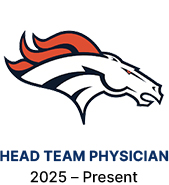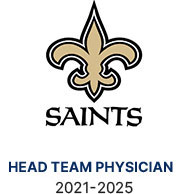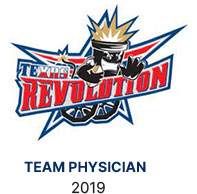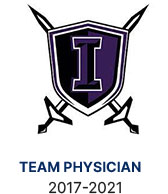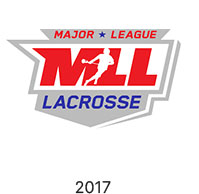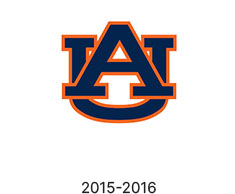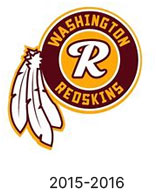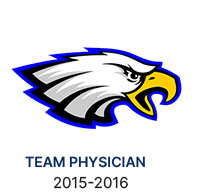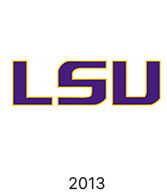What is Posterior Shoulder Stabilisation?
Posterior shoulder stabilisation is a surgical procedure performed for the treatment of a condition called posterior shoulder instability.
Posterior shoulder instability, also known as posterior glenohumeral instability, is a condition in which the head of the humerus (upper arm bone) dislocates or subluxes posteriorly from the glenoid (socket portion of the shoulder) as a result of significant trauma, compromising shoulder function. A partial dislocation is referred to as a subluxation whereas a complete separation is referred to as a dislocation. The repeated dislocation of the humerus out of its socket is called chronic shoulder instability.
Posterior shoulder instability occurs when considerable force is applied through the arm when the arm is extended in front of the body, rupturing the shoulder capsule, ligaments, and labrum. Other contributing factors include soft tissue and/or bony structural abnormalities, prior dislocations, and scapulothoracic dysfunction.
Posterior shoulder stabilisation surgery is performed either as an open surgery which involves making a single large incision on the shoulder joint posteriorly or as a minimally invasive surgery using an arthroscope which involves making a few small keyhole incisions on the posterior aspect of the shoulder. The main goal of the surgery is to repair any capsular tears or labral detachment, and/or decrease the volume of the posterior capsule in order to improve stability and function of the shoulder joint and prevent recurrent dislocations.
Anatomy of the Shoulder
The shoulder is a ball and socket joint, formed by the bone of the upper arm (humerus), which articulates with the shoulder blade in a cavity called the glenoid fossa. The joint relies a great deal on surrounding soft-tissue structures such as tendons, ligaments, and muscles (rotator cuff muscles) to maintain smooth motion and stability. The glenoid cavity is surrounded by a raised ridge of cartilage called the labrum that deepens the cavity and a ligamentous structure called the shoulder capsule that centres the humerus in the cavity. The biceps muscle, certain back muscles, as well as a group of muscles, called the rotator cuff all work together to stabilise the shoulder.
Indications for Posterior Shoulder Stabilisation Surgery
Your surgeon may recommend posterior shoulder stabilisation surgery when the function of your shoulder joint is compromised with the following indications, including:
- Proximal humeral fractures, especially lesser tuberosity and/or anatomical humeral neck fracture
- Reverse Hill-Sachs fracture, an impaction fracture of the anteromedial humeral head
- Reverse osseous Bankart fracture, a fracture of the posteroinferior rim of the glenoid
- Developmental anomalies, such as glenoid dysplasia, glenoid hypoplasia, and posterior glenoid rim deficiency
- Bennett lesion, a condition characterised by calcification of the posterior band of the inferior glenohumeral ligament
- Failure of conservative treatment options such as immobilisation, rest, and medications to relieve posterior shoulder instability
Preparation for Posterior Shoulder Stabilisation Surgery
Preoperative preparation for posterior shoulder stabilisation surgery may involve the following steps:
- A thorough examination is performed by your doctor to check for any medical issues that need to be addressed prior to surgery.
- Depending on your medical history, social history, and age, you may need to undergo tests such as bloodwork and imaging to screen for any abnormalities that could compromise the safety of the procedure.
- You will be asked if you have allergies to medications, anaesthesia, or latex.
- You should inform your doctor of any medications, vitamins, or supplements that you are taking.
- You may need to refrain from supplements or medications such as blood thinners or anti-inflammatories for a week or two prior to surgery.
- You should refrain from alcohol or tobacco at least a few days prior to surgery.
- You should not consume solids or liquids at least 8 hours prior to surgery.
- A signed informed consent will be obtained from you after all details of the surgical procedure has been explained.
Procedure for Posterior Shoulder Stabilisation Surgery
Posterior shoulder stabilisation surgery is performed under the influence of anaesthesia either arthroscopically or through open surgery, depending on the severity of your shoulder condition.
Open surgery is mostly required to correct severe posterior shoulder instability. During this surgery, a large surgical cut is made on the posterior aspect of the shoulder and the muscles under it are moved apart to obtain access to the damaged joint capsule, labrum, and ligaments. These soft tissue structures are then reattached, tightened, or repaired accordingly depending on the extent of tissue injury and closed with sutures.
Arthroscopic posterior shoulder stabilisation is a surgical procedure in which an arthroscope, a small flexible tube with a light and video camera at the end, is inserted into the shoulder joint posteriorly to evaluate and carry out suitable repair. It is a minimally invasive surgery and is performed through a few tiny incisions (portals), about half-inch in length, made around the joint area. Through one of the incisions, an arthroscope is passed. The camera attached to the arthroscope displays the images of the inside of the joint on the television monitor, which allows your surgeon to identify the defects and carry out the required repair accordingly through tiny surgical instruments that are passed through the other incisions. The tiny incisions are then closed and covered with a bandage.
Postoperative Care Instructions and Recovery
In general, postoperative care instructions and recovery after posterior shoulder stabilisation involves the following steps:
- You will be transferred to the recovery area to be monitored until you are awake from the anaesthesia.
- Your nurse will monitor your blood oxygen level and other vital signs as you recover.
- You may notice some pain, swelling, and discomfort in the shoulder area. Pain and anti-inflammatory medications are provided as needed.
- You may also apply ice packs on the shoulder to help reduce swelling and pain.
- Antibiotics are prescribed for risk of infection associated with surgery.
- Your arm may be secured with assistive devices such as a sling for the first few weeks to facilitate healing.
- You are advised to walk as frequently as possible to prevent the risk of blood clots.
- Keep your surgical site clean and dry. Instructions on surgical site care and bathing will be provided.
- Refrain from smoking as it can negatively affect the healing process.
- Eating a healthy diet rich in vitamin D is strongly advised to promote healing and a faster recovery.
- Refrain from strenuous activities and lifting heavy weights for a month or two. Gradual increase in activities over a period of time is recommended.
- An individualised physical therapy protocol is designed to help strengthen your shoulder muscles and optimise shoulder function.
- You will be able to resume your normal activities in a couple of months; however, return to sports may take anywhere from 4 to 6 months.
- Refrain from driving until you are fully fit and receive your doctor’s consent.
- A periodic follow-up appointment will be scheduled to monitor your progress.
Risks and Complications of Posterior Shoulder Stabilisation Surgery
Posterior shoulder stabilisation surgery is a relatively safe procedure; however, as with any surgery, some risks and complications may occur, such as the following:
- Infection
- Bleeding
- Postoperative pain
- Damage to surrounding structures
- Stiffness or restricted motion
- Thromboembolism or blood clots
- Anaesthetic/allergic reactions
- Recurrence of instability

